The most common adjustment for the Blair that we found was needed during the testing process of this pattern was a Full Bum Adjustment. If you have ever done a Full Bust Adjustment, you will find this to be a very similar process.
This is for those of us who may be a bigger size in the hips than the waist, but that added amount only is added to one half of the pattern (the back), instead of the whole. If the added width of your hips is distributed pretty evenly between the front and the back of your body then you would simply grade between sizes instead of doing a full bum adjustment. If the added width of the hips is primarily due to a fuller backside, then this tutorial is for you. You may even find it helpful to split the difference if you have a multiiple size difference between your waist and hips. You could grade one side and then do an additional full bum adjustment for the second size.
Common fit issues that would be fixed with a full bum adjustment are diagonal lines in your skirt pointing towards the fullest part of your backside, your side seam not being straight and curving towards the back at the hip area, and the back hem of your skirt lifting and not being straight.
For the purposes of this tutorial, I am assuming that the measurements are as follows (but you can plug your own measurements in) :
waist : 29"
hip : 38"
These measurements put me in a size 6 for the waist and an 8 in the hips. I will be be adding the 1" of extra ease into the back skirt pattern piece only, and I will be leaving the front skirt the same. This will give me the hip measurement I want, but will also keep the skirt balanced as I am accounting for a full backside.
To get started, grab your back pattern piece only. You will also need scissors, a ruler, tape, a marker and some extra paper.

1 - Mark the 1/2" seam allowances at the top corner.

2 - Draw line A which is from the corner you just marked, to the point of your dart. And then also draw line B from the point of your dart to center back, perpindicular to the grainline.

3 - Draw line C through the center of your dart.

4 - Cut line B and then continue to cut through line A, stopping at the seam allowance you marked. Make another small snip in the seam allowance so you have a hinge of paper left.



5 - Cut line C, leaving a small hinge at the bottom.

6 - Draw a line, parallel to the edge, on your blank paper. The distance apart is the amount you are adding to you hipline, divided by 2 (because this is just half of your back). So my line is 1/2" from the edge.

7 - Tape the top portion of your center back along the edge of the paper.

8 - Tape the bottom portion of your center back along the parallel line your had drawn. Be sure to keep your paper flat while doing this which will add some length as well as open the dart.

9 - Tape everything down so it is flat. Refold and trim the top of your dart.

That is it. Add extra paper as needed.

You will notice that we not only added some width to the back of the skirt, but also a bit of height to account for the added length to cover the fullness of the rounded backside. The side seam and waist width should have stayed unaltered.
If you have to add more than an inch of width to the back of your skirt, you may find that it's nice to split the dart into two darts so the dart doesn't get too large and pointy.
I hope that you found this helpful. You can use the same tutorial on the front of your skirt for a full tummy adjustment as well.

